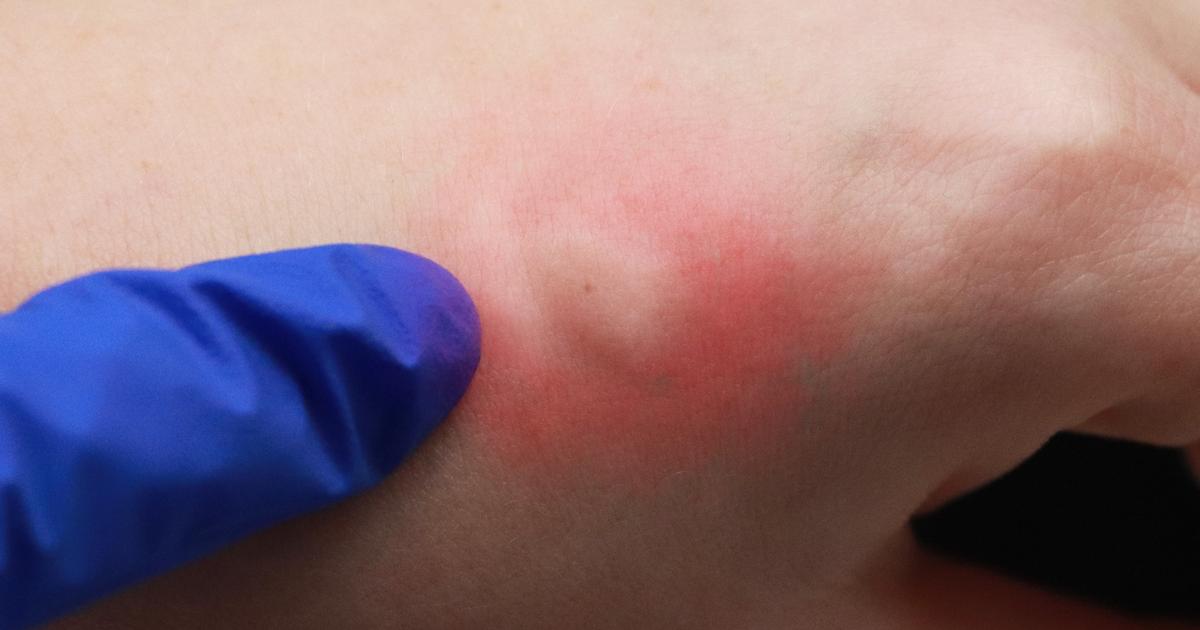How To Treat Insect & Spider Bites
Monitor Bite For Signs Of Infection

Patients who have recently had an insect or spider bite should monitor bite for signs of infection on a daily basis. Some of the signs that could indicate a potential infection include warmth or redness at the site. For example, the patient may notice the area feels much warmer than the surrounding skin or to the skin on the opposite side of the body, and any redness of the skin that goes beyond the area of the bite itself could indicate inflammation. Swelling, pain, and discharge of any fluid, including clear fluid and pus, also indicate infection and should be evaluated by a physician. It can be helpful to draw around the area of the initial bite with a marker; this enables the patient to easily see whether redness or swelling is spreading outside of the site. If the patient develops hives or has swelling of the eyelids, lips, or throat, this could indicate an allergic reaction that requires prompt medical attention.
Consider more treatments for insect and spider bites now.